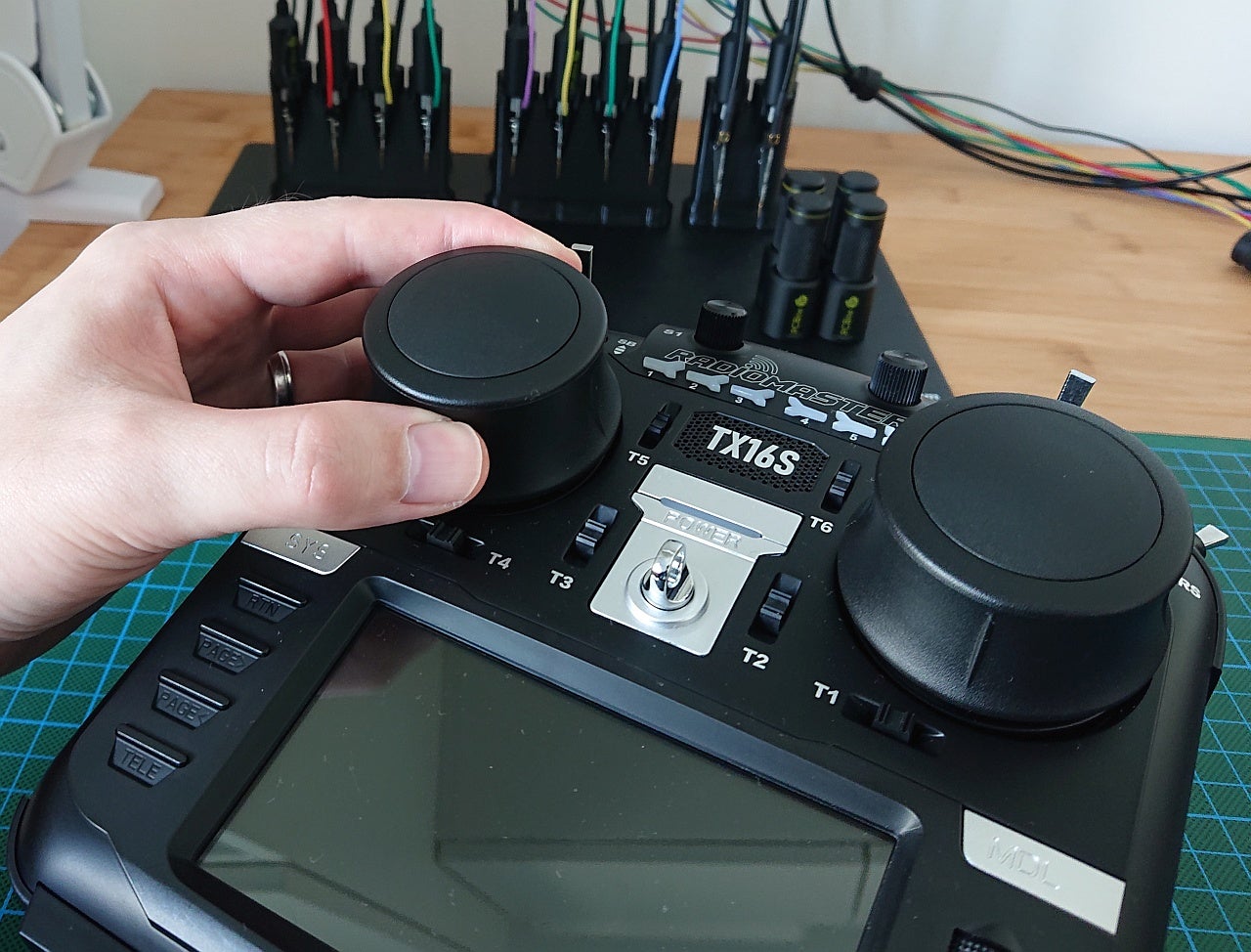I am using the SpaceMouse to control my Mavic Mini, very smooth and easy to fly! It did however require some hardware modifications to the drone RC.
The SpaceMouse connects to a USB host shield on an Arduino Mini, running code which I in large borrowed from this thread (big thanks to users mlkoch and DRogers96):
https://forum.3dconnexion.com/viewtopic.php?f=19&t=5642
The Mavic Mini RC has potentiometers on the joysticks and gimbal wheel so I used five DACs, controlled by the SpaceMouse via Arduino to mimic the viper voltages. This means I had to cut and solder some wires inside the RC. A part from the obvious up/down, right/left and rotation, tilting the mouse forwards and backwards moves the gimbal up and down. The left button on the SpaceMouse inverts left/right movement of the drone, which is very convenient when switching from flying with the camera facing towards or away from your position. Also I added a couple of potentiometers to control the sensitivity of the SpaceMouse, which I found important especially for the rotation of the drone, which in turn is important for making smooth video. I use relays to switch the joystick potentiometer vipers to the DAC's, so if the Arduino fails or power is lost, the relays will switch back to the RC joysticks (otherwise in case of lost power the drone would act as if both joysticks were pulled fully down/left = not good). The Arduino and SpaceMouse runs of power from the Mavic Mini flymore combo battery pack. I mounted everything in a hardcase which fits the Mavic Mini unfolded, for quick deployment. I also checked the RC of Mavic Pro 2 and it uses a different system for the joysticks, with SPI interface, so probably a bit trickier to crack.
As a beginner drone pilot it's incredibly easy to make smooth panning shots with the SpaceMouse! I made this video on a trip to Hokkaido, shot by me and my wife, each having maybe 30min of flight experience with drones:
https://youtu.be/CNc-mQ-byyw

